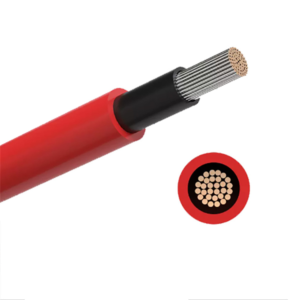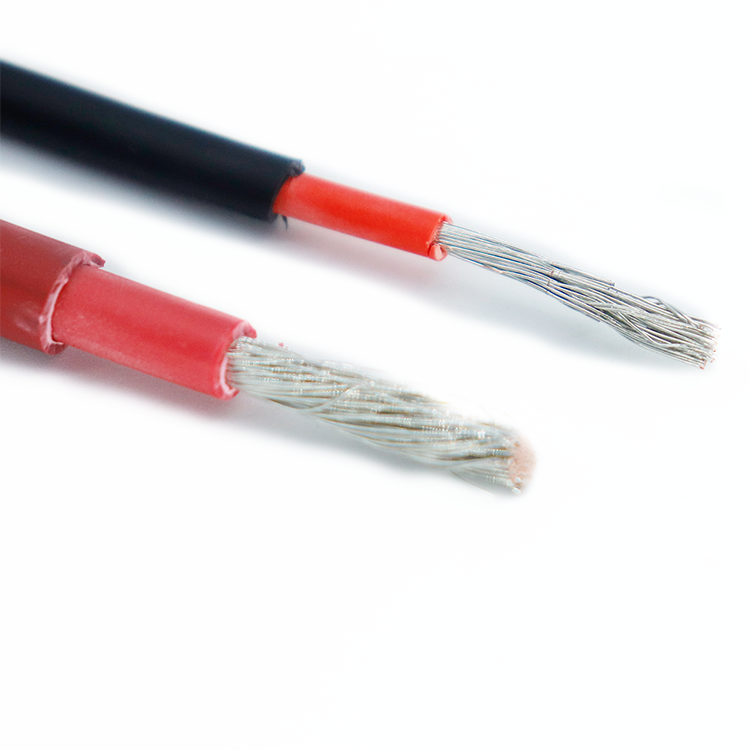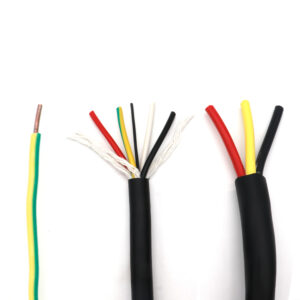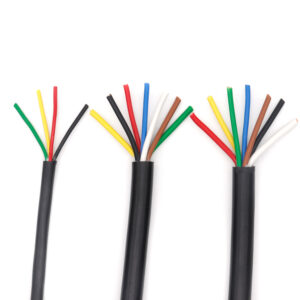Understanding Photovoltaic Cables
Photovoltaic (PV) cables, specifically the H1Z2Z2-K model, are designed to meet the rigorous demands of solar power installations. According to the EN50618 standard, these cables must be insulated with cross-linked polyolefin (XLPO) to ensure durability and safety. However, some suppliers use inferior cross-linked polyethylene (XLPE), which can compromise the cable’s performance and safety.

Key Features of Standard PV Cables
1. High-Quality Insulation Material:
- XLPO Insulation: XLPO is chosen for its superior resistance to UV radiation, ozone, and extreme temperatures. This makes it ideal for outdoor installations where cables are exposed to harsh environmental conditions.
- Risks of XLPE Insulation: Inferior XLPE insulation can degrade faster, leading to potential electrical faults and fire hazards.
2. Conductor Material:
- Tinned Copper Conductor: The conductor used in standard PV cables is made from tinned copper, which provides excellent conductivity and resistance to corrosion.
- 0.25mm Single Wire Conductor: Each strand in the conductor is 0.25mm, ensuring the cable’s overall durability and performance.
Why Standard PV Cables are Essential
Photovoltaic cables are not like other types of cables. They are exposed to sunlight and various environmental stresses for prolonged periods. Using non-standard PV cables can lead to serious consequences, including electrical fires and system failures. Therefore, it is crucial to use cables that comply with the EN50618 standard to ensure safety and reliability.
Identifying Compliant PV Cables
1. Avoiding Inferior Materials:
- Conductor Quality: Be wary of suppliers using thinner conductors than the specified 0.25mm. These substandard materials can significantly impact the cable’s performance.
- XLPE vs. XLPO: Ensure that the insulation material is XLPO, as specified, and not the inferior XLPE.
2. Measuring Cable Resistance:
- Resistance Testing: One of the most effective ways to verify the quality of PV cables is to measure their electrical resistance. This method can accurately determine if the cable meets the EN50618 standard.
- Reliable Suppliers: Choose suppliers who provide transparent and verifiable resistance measurements for their cables.
Conclusion
Using standard photovoltaic cables, such as those compliant with the EN50618 standard, is essential for the safety and efficiency of solar power systems. Ensuring that the cables are made from high-quality XLPO insulation and tinned copper conductors can prevent many potential hazards. Always verify the compliance of your PV cables through reliable resistance measurements and choose trustworthy suppliers to maintain the integrity of your solar installations.




